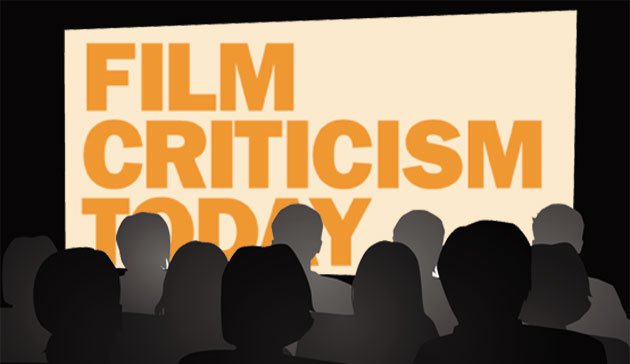
Criticism is an ancient and revered art form. Pretty much since stories were first written, other people were writing down their opinions about those stories. This criticism has always helped other people form opinions of the work for themselves and make informed decisions of whether it’s worth their time. Of course, storytelling has changed a lot since Aristotle wrote his Poetics, and criticism has changed to keep up.
Similarly, film criticism has been around since the advent of cinema itself and way back in the early 1900s early reviewers sometimes used this venue as a way to break into other film-related jobs. If you wanted to get a job as a screenwriter or director, starting off in criticism made a lot of sense. That’s something that hasn’t really changed over the last century, as it is just as prevalent now for film school students to blog about their career exploits and cinematic musings online in order to increase their chances of being noticed.
But before we get to the digital age, we need to cover the popularity explosion in the art of critiquing.
Film Criticism Goes Mainstream
By the 1930s, as film transformed from a Vaudeville curiosity into a more mainstream form of entertainment, the media started doing film reviews more frequently. At first, these reviewers were journalists diverted from the sports section or some other part of the paper, but pretty soon dedicated film reviewers were providing coverage of new releases and offering up their opinions about Hollywood news. During that time, famous critics like Otis Ferguson and James Agee plied their trade in local newspapers.
For years, film criticism was as much about the critic as the film. Critique was an art form and an opportunity for the critic to place a few beautiful turns of phrase and insightful comments in the context of a review. Since there would usually be only one reviewer per local paper, that individual’s opinion held great sway over the viewers in the area—it wasn’t too easy to get a second opinion. Movies, like restaurants and hotels, were rated with stars, and a four-or-five-star rating was a sign of a worthwhile film.
Once film criticism came to television, though, things started to change. Siskel and Ebert’s show At the Movies brought criticism into the living rooms of people around the country, and their reviews dumped all of the snooty literary criticism of earlier eras to focus instead on what mattered: Were the movies enjoyable? Were they worth watching? Until his recent death, Roger Ebert remained the biggest name in movie criticism of the modern age, and cemented in the mind of viewers everywhere just how valuable a “two thumbs up” rating could really be.
The End of an Era
That said, Ebert was probably the last of his kind. The Internet has made reviews more democratized. Now, with so many blogs and review sites like Rotten Tomatoes and Metacritic out there, anyone with an opinion about a movie can announce that opinion far and wide—and anyone who wants to find it can see it. Rather than there being any single authoritative voice on what movies are worth watching, there are endless people with endless opinions.
This makes film mavens nervous, and plenty of journalists have cried about the death of film criticism, but overall more opinions are a good thing. It does pose a unique problem, though: With so many opinions to choose from, how do you figure out which one to listen to? Is the opinion of a sole movie critic as worthwhile as getting an average score from hundreds of movie critics and bloggers?
Simply put, it’s a matter of preference. Film buffs tend to turn to particular critics like David Edelstein or Elvis Mitchell whose tastes match their own, while the more casual viewer can go to a movie review aggregator site and get a more general consensus on the quality of a movie.
So while some naysayers might consider the golden age of film criticism to be over, others could easily argue that the democratization of film criticism has turned the field into a more even playing field. Whether this is a positive or negative development, it is ultimately for the individual movie goer to decide how he or she wishes to approach film criticism.